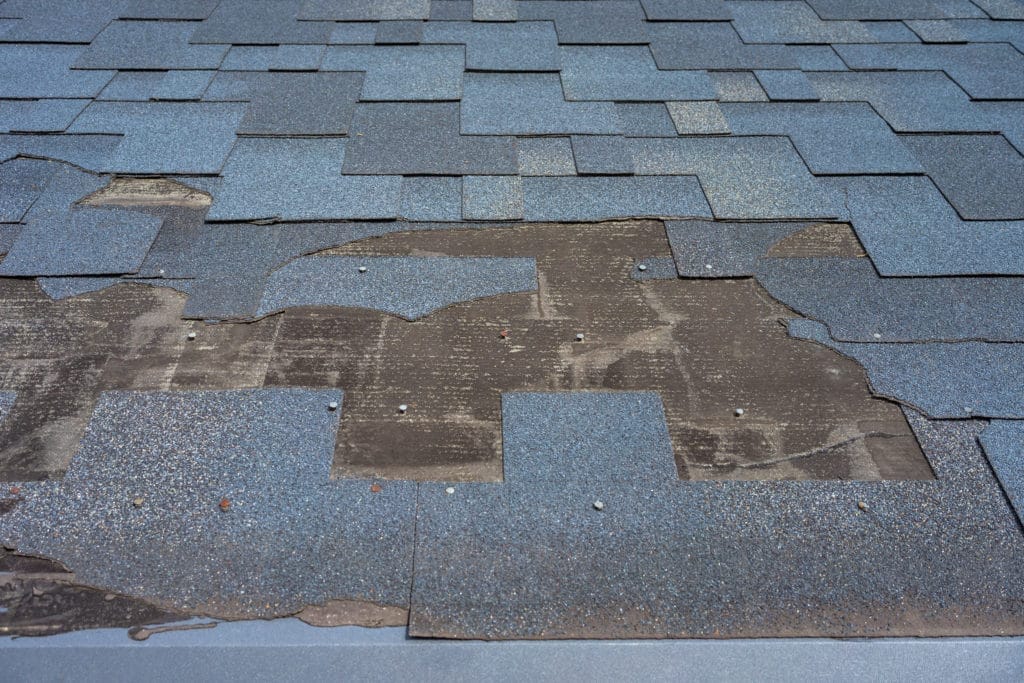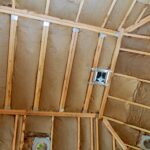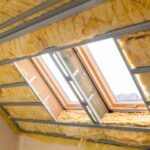After a storm, you may not think to check your house for damages. You take a quick look but don’t know what signs you should be looking for. The structure is still standing, and the sun has come out. You might think everything seems fine.
There are many signs of damage that you might miss (especially if you don’t know what to look for). Even if no windows were broken, there might be other less visible and troubling impacts to your home.
Revive Restoration is Minnesota and Wisconsin’s answer to storm damages to residential properties. We are happy to come to take a look and answer any questions you might have. Contact us for a free consultation to ensure your home has survived the summer or winter storms.
What Types of Weather Cause Storm Damage?
Protecting your home from weather damage is challenging in a climate that loves its storms. The midwest is famous for its blizzards, hail, and thunderstorms. While we all love living here, the weather can sometimes wreak havoc on exterior structures.
A 2017 study showed that 44% of Minnesota properties were affected by hail. To anyone who lives here, that probably comes as no surprise.
The roof, siding, and gutters are all vulnerable to impact from giant hailstones. The rain can sneak into cracks in the walls and roof, causing lasting water damage (a breeding ground for mold). The snow can pile up several feet in the winter, which can impact the integrity of the roof.
Weather damage is just part of life in the midwest. Luckily, there are ways to assess these damages quickly to ensure that they don’t do lasting harm. Here are a few ways you can tell if a storm has impacted your roof and what to do about it.
5 Signs That a Storm Has Damaged Your Roof
#1. Shingles, Shingles, Shingles!
The state of your shingles is a great barometer for if there are further assessments needed. Hail can cause incredible damage to shingles, from punching holes in them to splitting them. Midwesterners know how much punch hailstones can pack.
They can be pea-sized to the size of a softball. It is those softball-sized hailstones that we are most concerned about regarding their impact on your roof.
If you have asphalt or composition shingles, here are some signs to tell if your roof has hail damage:
- Black spots
- Loss of granules on shingles
- Exposed roof felting
- Shiny spots
- Areas that feel soft or compress when you push on them
- Impact or dent spots
If you have wooden shingles, the signs of hail damage will be different than for asphalt shingles. You may notice:
- Splits in the shingles (with brown or orange color)
- Splits with sharp corners/edges
- Impact marks or dents along the splits
#2. Visible Debris On Your Roof
Once the storm has passed, check your roof for any branches that may have fallen. You should also check the ground around your house. Any big branches should get your attention because they may have hit your roof before falling to the ground. Even small branches on your roof may create damage because the winds drive the force of impact.
Any debris on your roof is an indication that an assessment could be needed. Dented or damaged places in your roof can cause leaks, bringing a whole new host of issues.
#3. Check Those Gutters
Dislodged pieces of roofing materials can collect in gutters after a storm. Check your gutters and downspouts to see if you can find shingles or other roofing materials that the storm impacted. Additionally, cleaning the gutters after the storm is another way to prevent water pooling and water damage to your home.

#4. More Shingles!
If you find shingles on the ground (or in your neighbor’s yard), you can tell that your roof needs assessment. Losing shingles as a result of wind damage may indicate a need for more extensive roof restoration. It might mean that you need some renovation to repair the lost shingles. The only way to know for sure is to get an inspection.
Shingles are an essential component for preventing water damage to your roof. A watertight roof prevents other structural injuries to your home. Seeing places where shingles have blown off or are misaligned is another sign that your roof needs to be checked.
#5. Check the Rest of Your Home
Water, hail, and snow can all move at the mercy of the wind. Sideways hailstones flying through the air can and will happen. Your roof is just one area that can be impacted by severe weather. Check out parts of your home that are difficult to view to determine if you need a storm damage assessment.
Look for water stains that could be on the sides of your home. After the storm, check for damp patches on the exterior walls . That is an indication that there are cracks where water is accumulating.
These cracks can be caused by hailstones hitting the walls, creating small places where the water can gather.
Damaged gutters are also an indication that assessment could be needed. If they have become dislodged or dented, you know that the storm was significant, and your home might have other damage.
Metal siding can be visibly dinged, and vinyl can become cracked from hailstones. Ensure to check all exterior walls to see if there have been any significant impacts during the storm.

Can I File an Insurance Claim for Storm Damage?
Having insurance that covers weather impact is a critical way to protect your home. Many insurance companies do cover storm damage restoration. Filing an insurance claim becomes much easier with the help of experienced storm restoration consultants. They can help you properly assess new issues that could potentially result in long-term problems.
Revive Restoration is here to help the stress of home restoration after inclement weather a breeze. We are dedicated to helping your home return to pre-incident condition (and look better than ever). Contact us today for a free consultation for your roof, siding, or gutter restoration.





